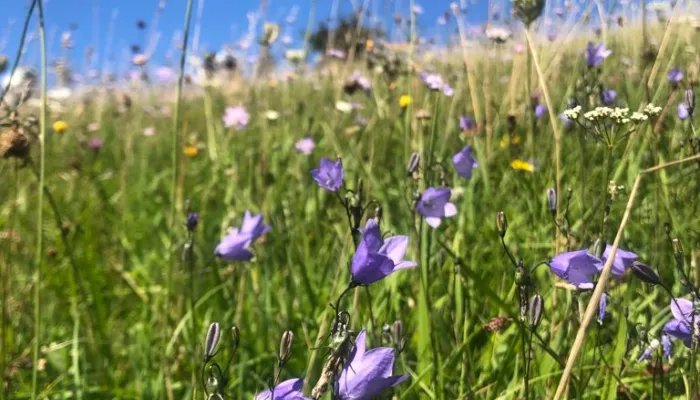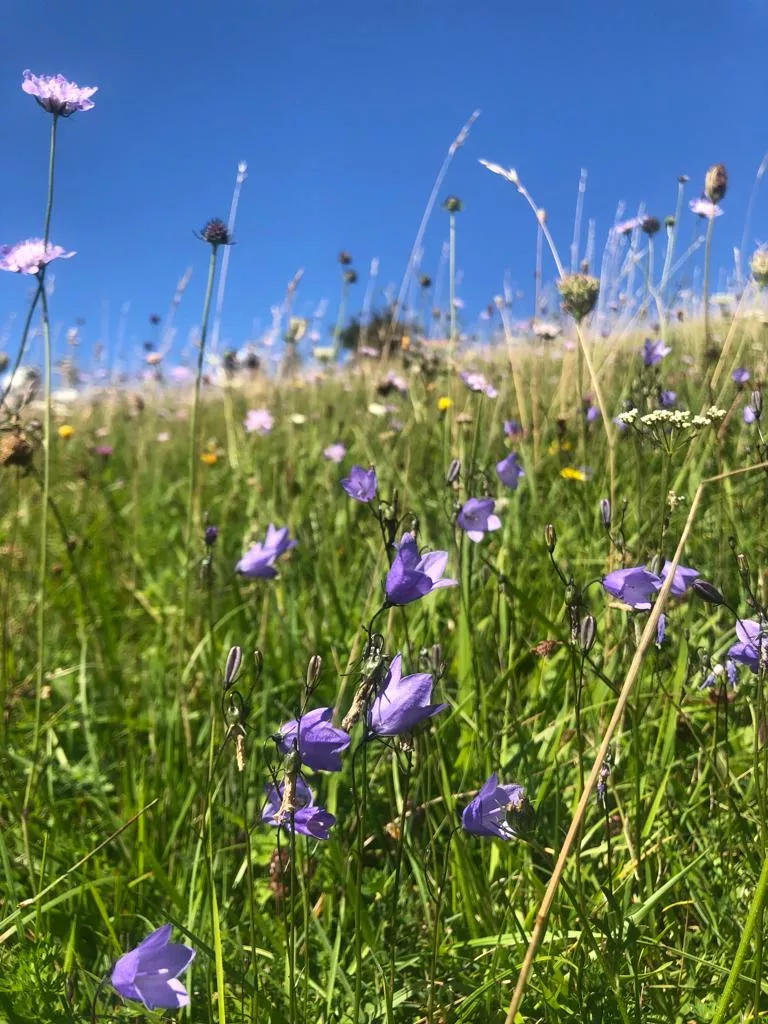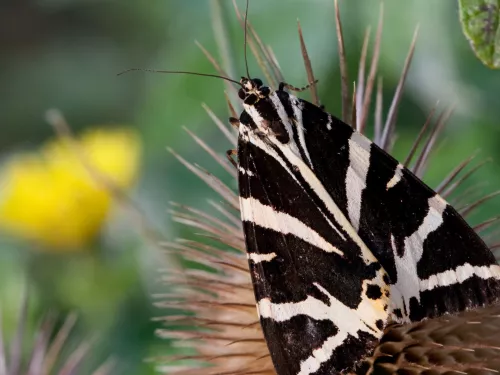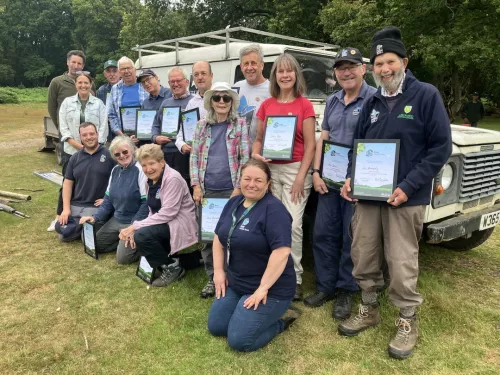
Meet the herd – the eight wild bison on a wilding journey in Canterbury
Since bison were released into West Blean and Thornden Woods on the outskirts of Canterbury, they have not only transformed the landscape but significantly grown in number.


A wetland habitat, Ham Fen is full of life. This image shows the waters surrounded by reeds and an old tree standing proud against the sky ©Alan Boulter
The next site we visited, Coombe Down, one of the very steep hills in Dover, was bought by Kent Wildlife Trust in 2017 to link with Old Park Hill and Nemo Down. Badly degraded, Coombe Down is also being restored to a mosaic of woods, scrub and chalk downland, Europe’s version of the rainforest with up to 40 species of flowering plants in just one square metre. 2.5% of the UK’s chalk grassland is found just around Dover.
A slope above Crabble Athletic football ground that was cleared of trees and scrub last winter is now covered in flowers, primarily mignonette, after the July rains. More clearance with heavy plant is planned for next winter. We hiked on up through scrubby woodland and huge banks of brambles (sun-warmed blackberries, mmm) to the crown of the hill with open sward spangled with flowers and butterflies, to the top of a steep slope of glorious flower-rich chalk downland, maintained by grazing, with a view to the Channel, ferries and France, and the Kent Wildlife Trust team working on Nemo Down opposite. Joy in discovering among all delights the harebells, autumn ladies’ tresses, centaury, dainty skeletons of quaking grass, and many adonis blue butterflies, the emblem of the Kent Wildlife Trust.

Harebells flowering in grassland in the foreground and a blue clear sky showing in the background ©Margery Thomas
It was great to catch up with everyone and impressive to see sites at such different stages of development, representing years of paid and voluntary work, massive fund-raising, vision and planning. I’ve no room to list the birds, insects, butterflies, day-flying moths and myriad flowers we saw. But at both sites everyone lamented the paucity of butterfly and moth species that should have been feeding on the banquets of flowers. As Roland said, ‘for many species it’s been a bad year.’

Since bison were released into West Blean and Thornden Woods on the outskirts of Canterbury, they have not only transformed the landscape but significantly grown in number.

Margery Thomas, Hothfield Volunteer and regular columnist looks at the lack of butterfly sightings in recent months, the work volunteers are doing to remove bracken and how this all impact the wider management of the last remaining fragments of heathland…

By August, floral glory has passed from the orchids (heath spotted, southern marsh and a few large hybrids) to the heather or ling. As ever, we hope for a protracted display of purple in the heathy areas, which is likely if the cool nights persist. Orchid…